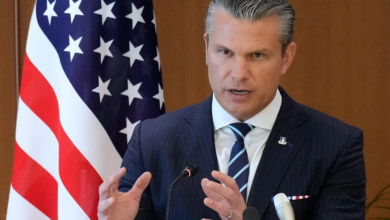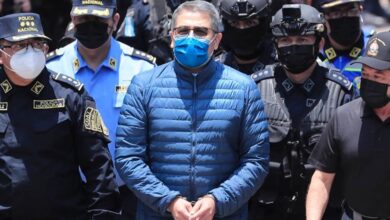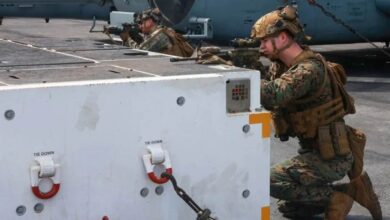The Armada and the Illusion: Why America’s Drug War Is Fighting the Wrong Ocean
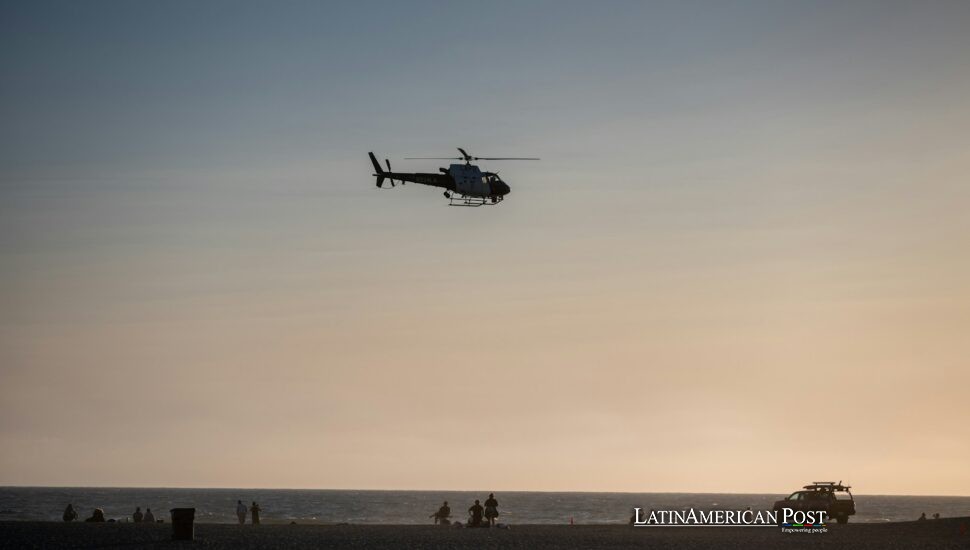
The U.S. Navy’s newest mission sounds cinematic—battle groups in the Caribbean, bombers overhead, Venezuelan gunboats exploding on cue. But behind the spectacle, fentanyl keeps crossing the border in pickup trucks, cocaine keeps rerouting across oceans, and traffickers adapt faster than admirals. The war on drugs, dressed again in military steel, may look decisive from the sky. On the water, it’s chasing ghosts.
Fentanyl Doesn’t Sail; It Walks Through the Front Door
If the goal is saving American lives, the theater is in the wrong place. “Traffickers in Latin American and Caribbean waters are usually a step ahead,” U.S. officials told The Wall Street Journal, noting that routes shift the moment interdiction patterns change. And the drug killing the most Americans—fentanyl—rarely sails at all.
According to the Journal’s reporting, fentanyl moves through legal ports of entry, not jungle coves: passenger cars, semis, courier trucks driven by U.S. citizens earning mule wages. Roughly 80% of all fentanyl seizures occur on the southwest border. In one year alone, Customs and Border Protection confiscated nearly 12,000 pounds of the drug, mostly at crossings like Nogales, Arizona.
The supply chain is brutally efficient. Chemical precursors from China and Southeast Asia arrive at Mexican ports—Manzanillo, Lázaro Cárdenas—where cartels turn them into powder and pills. The finished product rides north, hidden in legitimate commerce, through checkpoints built for speed, not suspicion. None of that changes when a B-52 orbits off Venezuela. Every step, from chemical order to overdose, is a land-based enterprise.
“If you want to make a dent,” one former DEA official told the Journal, “you fix the ports and the people, not the ocean.” Yet the money and the muscle flow seaward. It’s easier to film explosions than to fund scanners and addiction clinics.
Cocaine’s Sea Lanes and the Limits of the Chase
Cocaine, unlike fentanyl, still loves the ocean. But its traffickers love change even more. Colombia’s coca boom has created a global glut—around 3,000 tons in 2023, according to U.N. figures cited by the Journal, eight times the output of a decade ago. That surge feeds an expanding maze of routes: west across the Pacific, east toward Africa and Europe, north through the Caribbean.
The hardware is inventive. Go-fast boats with triple engines blast across open water, each carrying three tons. Semisubmersibles, fiberglass monsters barely visible above the waves, crawl thousands of miles with five-ton payloads. One such vessel reached Australia; others have landed in Portugal and Spain, or crept upriver from the Amazon.
Venezuela, the Journal reports, has become a key launchpad. Planes and couriers cross from Colombia with the quiet assent of corrupt officers. From remote beaches, the product scatters again—by air to Central America, by sea toward Mexico, by container ship toward Europe.
For every interception, another path opens. Cocaine traffickers operate like water: block one channel, and they find a crack. “You can destroy 20 boats and it won’t matter,” a regional security adviser told the Journal. “They’ll buy 40 more.” That isn’t cynicism; it’s scale. The cartels employ entire shipyards.
Interdiction is necessary—it raises costs, disrupts schedules—but it can’t be the heart of strategy. When cocaine seizures rise, it often means there’s more cocaine to seize. The cat catches the mouse more often because the barn is full.
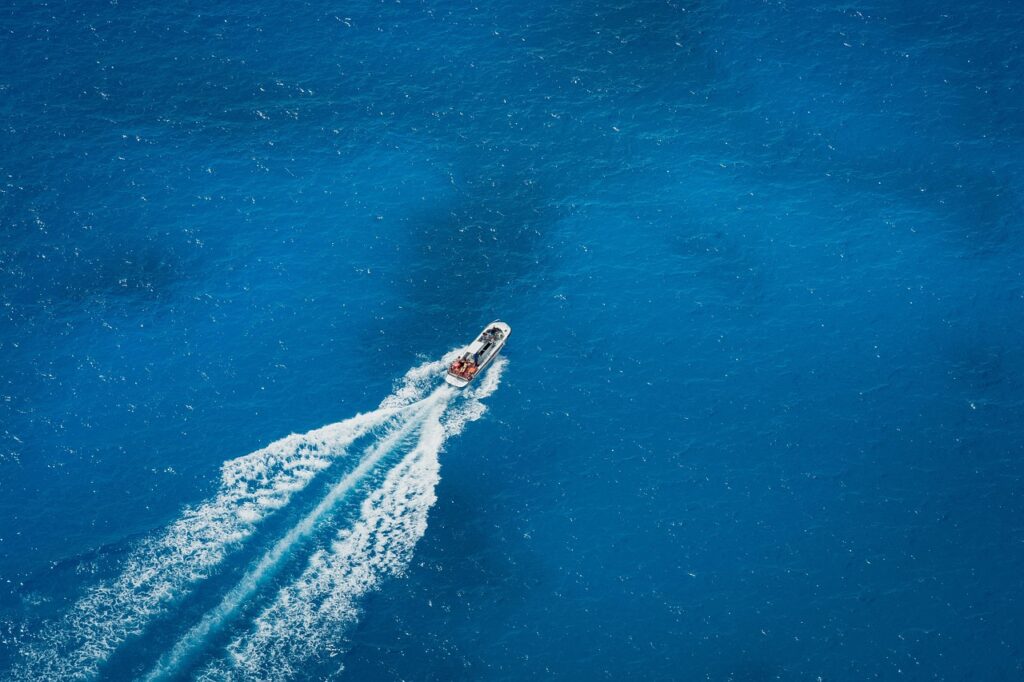
An Armada That Smells More of Politics Than Strategy
The new U.S. show of force off Venezuela—the largest since the 1980s—feels less like a drug plan than a geopolitical message. As detailed by The Wall Street Journal, Washington has dispatched a fleet that includes B-52H bombers, F-35s, an amphibious assault ship with Marines, and soon the carrier USS Gerald R. Ford.
The stated mission: crush narcotrafficking. The subtext: remind Nicolás Maduro who commands the Caribbean. So far, the armada has struck 15 suspected “drug boats,” killing 61 people. Critics call the attacks extrajudicial killings. The Pentagon calls the dead “narcoterrorists.”
Maduro calls it invasion prep. He rallies his base, arrests critics, and frames the spectacle as proof of imperial bullying. In Washington, hawks call it deterrence; in regional capitals, it looks like regime-change rehearsal. Even governments that share intelligence privately balk when U.S. operations spill into propaganda. “When counternarcotics looks like gunboat diplomacy,” one Caribbean diplomat told the Journal, “our cooperation freezes.”
Meanwhile, the fundamentals stay untouched. Demand in the United States still writes the script. Corruption and poverty along the routes still cast a shadow over the actors. Banks and brokers still launder the profits. A destroyer’s shadow threatens none of these.
If Outcomes Matter, Trade Spectacle for Systems
A real strategy would shift the fight from the ocean to the infrastructure that moves drugs and money. It would start with the unglamorous: more intelligent scanning at ports of entry, risk-based inspection algorithms, and diplomacy that locks down precursor chemicals. The Journal’s reporting shows how fentanyl’s raw ingredients flow through trade routes as mundane as sugar or paint thinner. Tracking those chemical exports from China, imposing penalties on known exporters, and targeting the financiers who wire cartel profits would choke supply more effectively than any missile.
For cocaine, intelligence matters more than missiles. Containerized shipping is the modern drug highway—millions of boxes, few inspected. Standardized data-sharing among ports and joint inspection teams could make smuggling costlier than it’s worth. Inside producing countries, policing must go beyond firefights. Backing vetted anti-corruption units, protecting judges, and dismantling cartel finances hit harder than raids that kill the low-ranking and leave the structure.
And in Venezuela, where cooperation is politically toxic, precision sanctions aimed at specific officers and their accounts work better than theatrical deployments that feed Maduro’s narrative. The Caribbean and Central America would rather share radar data than host someone else’s gunboats.
At home, the most straightforward truth holds: you can’t bomb demand. Overdose deaths drop when treatment, mental health care, and naloxone access expand—not when the Navy sinks another skiff. Every dollar shifted from interdiction to prevention saves more lives than a missile ever could.
None of this means the sea should go unwatched. Traffickers will always test the water. But success must be measured by outcomes—fewer overdoses, fewer corrupt officials, fewer families ruined—not by the tonnage of wrecked boats.
Right now, the armada off Venezuela is a spectacle in search of strategy: it risks fueling political fires, empowering the very adversaries it claims to contain, and distracting from the front lines that matter—ports, labs, and neighborhoods. As The Wall Street Journal makes clear, the drug trade today doesn’t need an ocean to thrive. It already has a highway through our gates.
The real battle isn’t offshore. It’s at the border, in the bank, and in the bloodstream. Until Washington fights there, every explosion on the horizon will echo as proof of motion without progress—a war fought by habit, not by plan.
Also Read: Trump’s CIA Authorization for Venezuela: Covert Power Meets Public Reckoning

